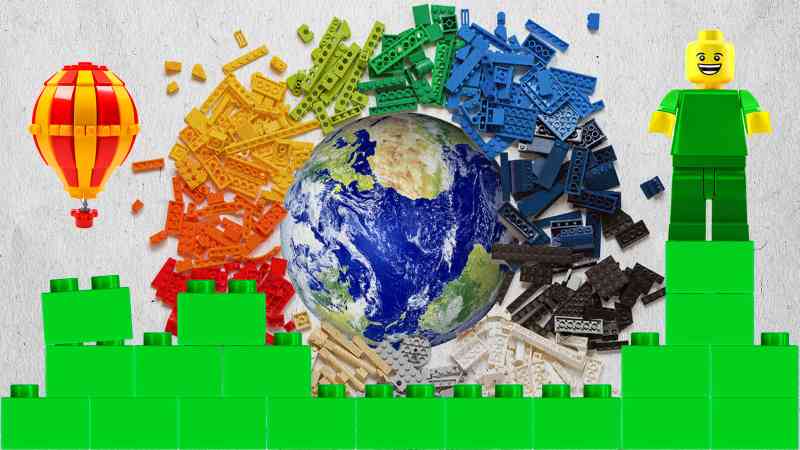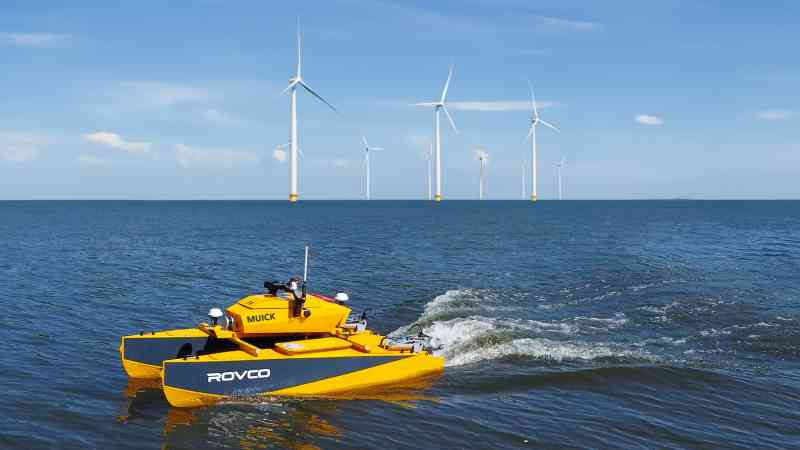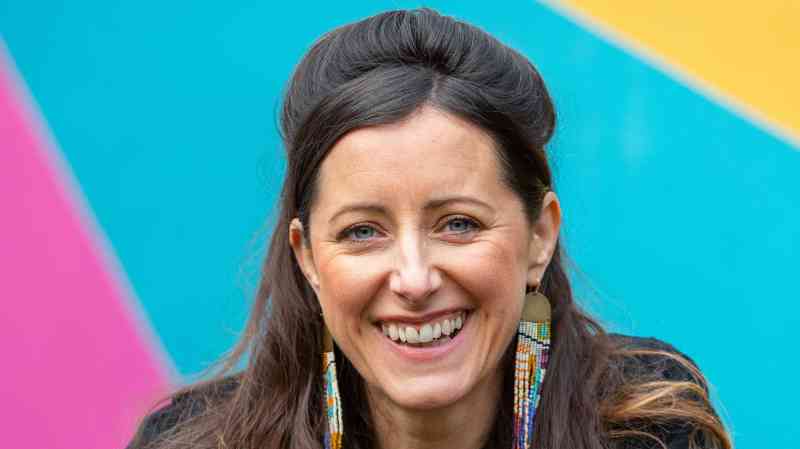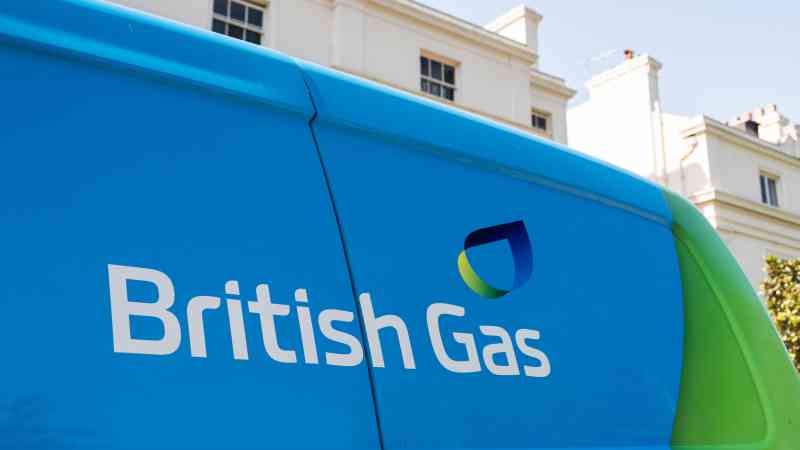Lego is going green brick-by-brick as it builds record profits
As anyone who has grappled with a 7,500-piece model of the Millennium Falcon can attest, building a modern-day Lego set requires creativity, trial and error and no small measure of patience. The same skills apply to manufacturing the company’s bricks.
For while using oil as the basis for making the billions of little studded blocks may have been uncontroversial back in 1946, when founder Ole Kirk Kristiansen bought his first plastic moulding machine, it is less acceptable for what has now grown to be the world’s biggest toy company.
Lego, still family-owned and based in Denmark, has been experimenting in recent years to find alternative sources that reduce its reliance on oil and other fossil fuels. Bosses have set a goal of having all of its products made entirely from renewable or recycled materials by 2032.
Last year, a pilot project to use recycled plastic bottles as the basis for new bricks was abandoned after it became clear that the emissions associated with modernising factories would outweigh any environmental benefits.
That project was one of “hundreds and hundreds” of ideas that have been put through their paces over the past eight years, with more than 600 materials tested for their potential to replicate the durability and precision of the original blocks.

The latest approach is to use a plastic resin partially made from renewable or recycled materials, and to gradually incorporate more of these eco-friendly ingredients as the technique is refined.
The latest accounts for the company show that in the first half of the year, 30 per cent of the resin purchased by Lego came from these so-called mass-balance sources, which use a blend of fossil fuel materials and recycled or renewable sources, such as used-cooking and plant oils.
In real terms, this means that about 22 per cent of the resin is now from renewable sources. Shifting towards this material blend has been costly, with Lego paying up to 60 per cent more for the resin, but it expects to be able to absorb the cost through increased sales and profitability.
Niels B Christiansen, the chief executive, said: “With a family owner committed to sustainability, it’s a privilege that we can pay extra for the raw materials without having to charge customers extra.”
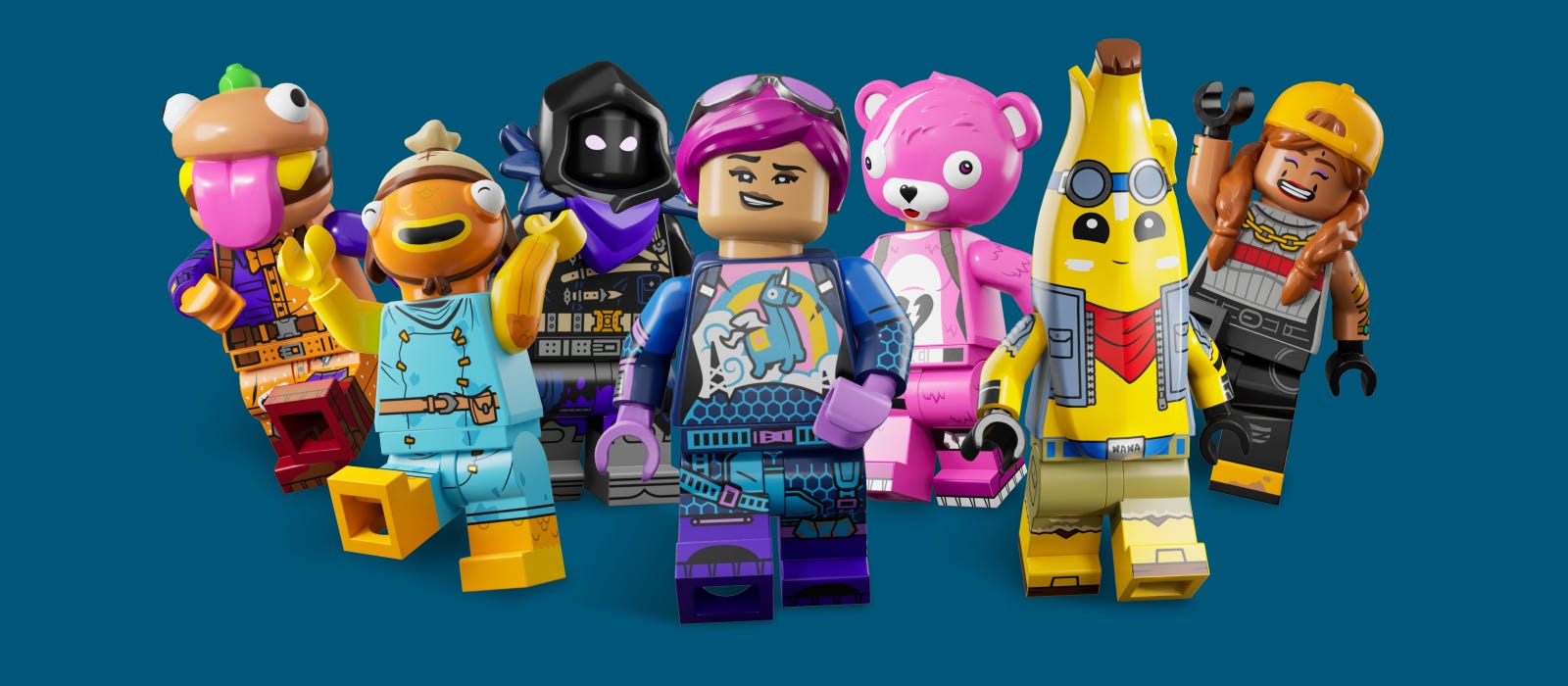
He said the company was on track to ensuring that more than half the resin it will need in 2026 is certified according to the mass-balance method — an auditable way to trace sustainable materials through the supply chain.
The ambition has been bolstered by Lego’s continued growth, with revenue increasing by 13 per cent in the first six months of the year to 31 billion Danish krone (£3.5 billion). Operating profit grew 26 per cent to a record 8.1 billion krone.
Consumer sales were up 14 per cent, cementing Lego’s domination of the market, driven by strong growth in the US and Central and Eastern Europe. Sales fell in China due to “challenging economic conditions”.
Lego, which recovered from the brink of bankruptcy two decades ago, increasingly views companies like Disney as competitors as it branches out into shops, movies, digital apps and theme parks. In the first six months, the company opened 41 new stores, including an outlet in the Indonesian capital of Jakarta that is the largest in southeast Asia.The company has also launched about 300 sets so far this year, with new kits based on the Fortnite computer game performing strongly while classic titles such as Lego Star Wars and Lego Harry Potter remain best-sellers.
Christiansen said there was “not one initiative, one silver bullet” driving the growth, but that the Lego brand “continues to be relevant for all ages and interests, and this is driving significant demand across markets”.

Toy empire: the Lego family
The name Lego came well before the plastic brick that defines the world’s largest toymaker. The abbreviation of the two Danish words “leg godt”, meaning “play well”, was used officially from January 1936 after being dreamt up by Ole Kirk Kristiansen, a carpenter who was desperate to sell more of his wooden toys after founding the company in 1932.
The company really took off with the purchase of a plastic moulding machine in 1946. It started out with small plastic teddies and rattles until Kristiansen’s son, Godtfred, had the idea to sell stackable bricks. In 1955 came the release of the “town plan” was released, a toy which was also angled as a way to teach Danish children about traffic safety.
That would prove to be the ingenious selling point that helped propel the toymaker into the global behemoth it is today, outstripping the competition to post record profits in the first six months of 2024.
Almost 100 years after it began, the plastic empire is controlled by the fourth generation of the Kristiansen family, who, along with their father, are estimated to have a combined net worth of nearly $25 billion. Their 75 per cent stake is held by Kirkbi, a trust that generated a net income of $1.6 billion in 2023, according to the latest filings.
Ole’s great-grandson Thomas Kirk Kristiansen, 45, took over as Kirkbi’s “most active owner” from his father Kjeld last year, following a seven-year transition. He also became chairman of the board of directors for the Lego Foundation, which controls the remaining 25 per cent stake in the company.
Sofie Kristiansen, Thomas’s sister, sold $930 million worth of her shares in the company in December to focus on nature-conservation projects, which include a 1,400-acre deer park, the largest in Denmark. Their sibling, Agnete Kirk Thinggaard, is an Olympic dressage rider and acts as deputy chair of the board.
